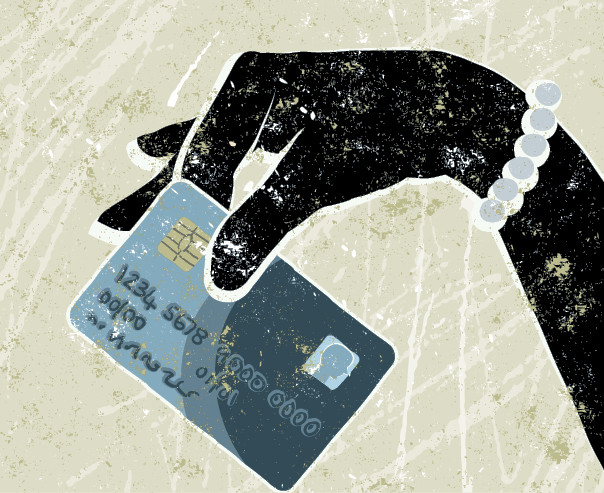India’s external commercial borrowing guidelines could do more to help borrowers obtain indirect financing from export credit agencies. Soumitra Majumdar explains
In India, the cost of debt raised from the domestic banking system is significantly higher than the cost of debt financing raised from overseas banks. Accordingly, there is an economic incentive for Indian entities to mobilize debt financing through the external commercial borrowing (ECB) route, to benefit from interest rate arbitrage and consequent reduction in borrowing costs.
Further, the ability to borrow in foreign currency directly from an overseas bank offers natural advantages in financing of imports and other foreign currency expenditure. Coupled with these, macroeconomic factors such as the present stressed current account and balance of payments scenario make it an imperative for India to have robust policies to attract and facilitate long-term and inexpensive capital inflows in the form of external commercial facilities. To protect the Indian economy against the perils associated with foreign debt and to ensure overall growth of the economy, the ECB policy rightly aims at keeping maturities of such loans long and the costs of such borrowings low.
To achieve these policy imperatives, the Reserve Bank of India (RBI) needs to put in place mechanisms that minimize the commercial and non-commercial risks associated with lending to Indian entities. Export credit agencies (ECAs) can be a major facilitator in this regard.
You must be a
subscribersubscribersubscribersubscriber
to read this content, please
subscribesubscribesubscribesubscribe
today.
For group subscribers, please click here to access.
Interested in group subscription? Please contact us.
你需要登录去解锁本文内容。欢迎注册账号。如果想阅读月刊所有文章,欢迎成为我们的订阅会员成为我们的订阅会员。
Soumitra Majumdar is a senior associate at J Sagar Associates. The views expressed in this article are his own.























